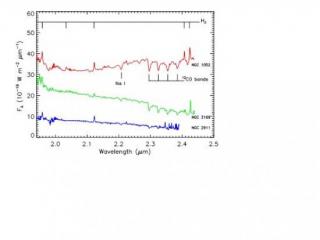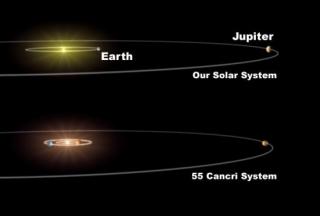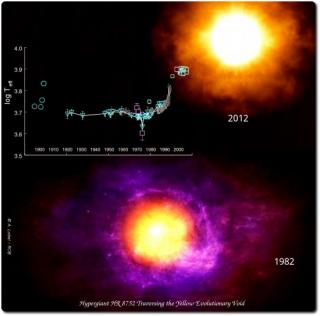
In order to fully understand the gravitational collapse of molecular clouds, the star formation process, and the evolution of circumstellar disks, these phenomena must be studied in different Galactic environments with a range of stellar contents and positions in the Galaxy. The young massive association Cygnus OB2, in the Cygnus-X region, is a unique target to study how star formation and the evolution of circumstellar disks proceed in the presence of a large number of massive stars. We present a catalog obtained with recent optical observations in the r, i, z filters with OSIRIS, mounted
Advertised on




